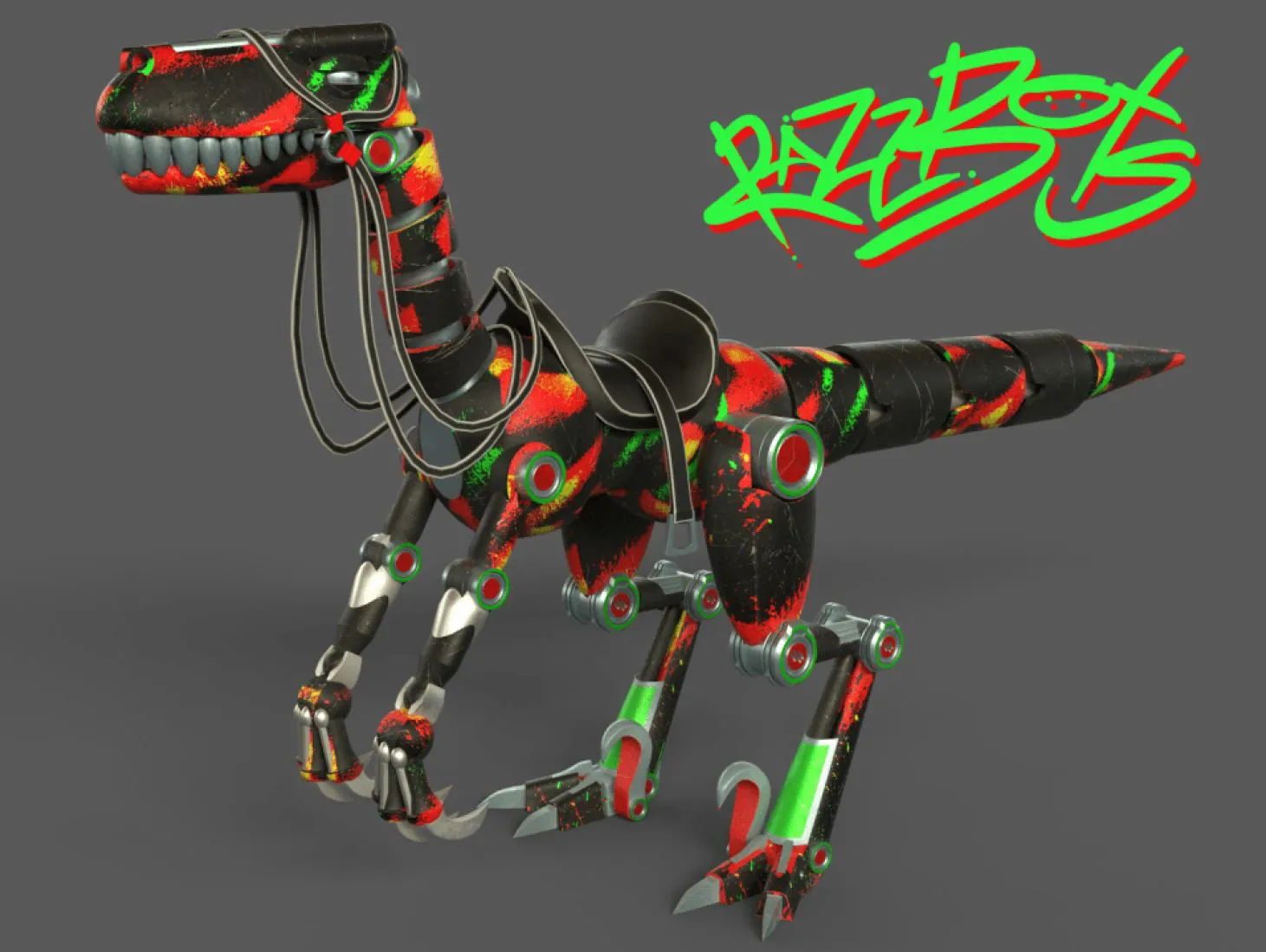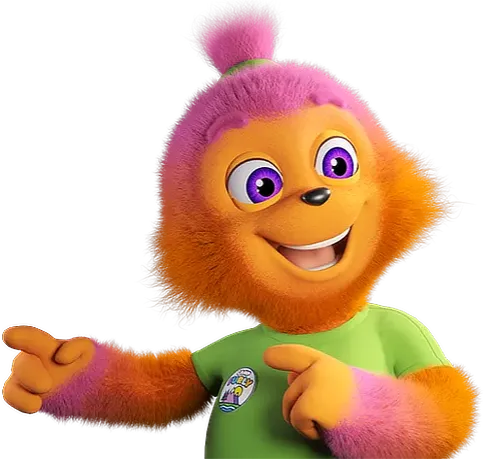Non-fungible tokens (NFTs) are a new type of digital asset that has been gaining popularity in recent years. NFTs can be used to represent anything from art, collectibles, and even real estate. They have the potential to change how we think about ownership and value in the digital world.
Artists and creators now have a new avenue to showcase their work and monetize their creations like never before. The art market has experienced a seismic shift as NFTs allow artists to sell their unique digital artworks directly to collectors without intermediaries. This democratization of the art market opens up opportunities for emerging artists to gain recognition and financial success.
Not only limited to traditional artworks, NFTs have also disrupted the collectibles market. From trading cards to virtual real estate, rare digital items can now be tokenized and bought/sold securely on the blockchain. This has created a frenzy among collectors who are eager to own exclusive pieces of history in the form of digital assets.
The impact goes beyond just artists and collectors - it extends to industries such as gaming, music, fashion, and more. Musicians can release limited edition albums as NFTs with added perks for fans. Fashion brands can create virtual clothing items that users can purchase as status symbols in virtual worlds.

Non-Fungible Tokens (NFTs) Digital Art and Images.
Non-Fungible Tokens (NFTs) have revolutionized the digital art landscape by providing a unique way to buy and sell masterpiece. Utilizing smart contracts on the blockchain, NFTs allow artists to mint NFTs that represent ownership of a digital image or other digital content. The NFT marketplace, such as OpenSea, serves as a hub where collectors can buy NFTs or trade digital trading cards and other unique assets. The NFT market has seen the emergence of several NFTs that represent various forms of art, from music to virtual real estate, showcasing the versatility of this technology.
The nft origin story traces back to the creation of the first NFT, which sparked interest in NFTs as a means to protect ownership of digital assets. Unlike fungible tokens, each NFT is a unique digital token that cannot be exchanged on a one-to-one basis. Examples of NFTs include popular NFT artworks that have sold for millions, demonstrating the potential for artists in the digital economy. By utilizing NFTs, digital artists can ensure that their work remains traceable, giving collectors a sense of authenticity and investment in a piece of art.
In this NFT ecosystem, the ownership of an NFT is verified through cryptographic tokens that are recorded on the blockchain. This technology not only supports the nft trading market but also raises questions about the future of art and digital ownership. NFTs can also serve as a form of social currency, where owning a token represents a status symbol within the community. As the market for NFTs continues to grow, many are left pondering art's NFT question—can a digital or physical piece be valued like a traditional artwork? The answer may lie in how effectively the NFTs work to connect creators and collectors in this emerging digital landscape.
What is a Fungible vs Non-Fungible Asset.
In the realm of digital assets, understanding the difference between fungible and non-fungible assets is crucial. Fungible assets, like cryptocurrencies, can be exchanged on a one-to-one basis, meaning each unit is identical and holds the same value. In contrast, non-fungible tokens (NFTs) represent unique items, such as a piece of art or a digital image. The first NFT was created to signify ownership of a distinct digital asset, paving the way for the vibrant nft marketplace today. Artists and creators mint NFTs to sell their digital art or digital content through platforms like OpenSea. Each nft is a digital token secured by a smart contract that verifies ownership, allowing collectors to buy and trade NFTs, including digital trading cards or nft artwork. This has led to a burgeoning nft market and an expanding nft ecosystem.
Utilizing non-fungible tokens has transformed the way we perceive ownership in the digital economy. While traditional assets can be easily exchanged, nfts can represent unique items that hold varying values based on demand. For example, a popular nft may sell for millions, while others might not garner as much attention. Nfts that represent digital or physical art pieces allow creators to monetize their work effectively. Artists can mint nfts and list them on nft platforms, thus engaging in nft trading and leveraging the nft origin story of their creations. This innovative approach not only protects the ownership of an NFT but also enriches the conversation surrounding art's NFT question, as collectors navigate the nft market and explore various examples of nfts.
How is a non-fungible token created?
Creating a non-fungible token, or NFT, involves a process known as minting an NFT. This process takes place on a blockchain, where the token is created to represent ownership of a unique digital asset, like a piece of art. When an artist or creator decides to create NFTs, they can upload their work to an NFT marketplace like OpenSea. The NFT art is then transformed into a digital token that contains specific information about the artwork, ensuring the ownership of the NFT is securely recorded.
Once NFTs are built, buyers can purchase them through NFT buying transactions. Each NFT is distinct, meaning one NFT is not interchangeable with another. This uniqueness is what makes NFTs have been used widely in the art world, where artists can sell their work as expensive NFTs. Additionally, the future sale of the token can potentially make money for the original creator, as NFTs to protect their rights and ensure they benefit from secondary sales.
Partnering with Studio Liddell and Create Your Non-fungible Token
Partnering with Studio Liddell to create your own non-fungible token opens up exciting opportunities in the world of crypto. Through the creation of nfts, you can produce unique digital assets that can be showcased like a piece of art. Each nft you create is a token that represents ownership of a specific digital item, ensuring authenticity and scarcity. With nfts being used in various fields, from gaming to digital art, the possibilities are endless.
When you choose to minting an nft, your nft is recorded on the blockchain, and it can be listed for sale of an nft on platforms like OpenSea. Whether you're interested in buying an expensive nft or creating several nft artworks, the nft marketplace provides a vibrant community for nft buying. Additionally, nfts to protect your digital creations are invaluable for artists looking to secure their work in the digital realm.
As you delve into this realm, remember that one nft can potentially make money through its future sale of the token, making it a worthwhile investment. The meaning of nft is evolving, and understanding how nfts are built and stored can empower you to leverage this innovative technology. Let your creativity shine with Studio Liddell and explore the humorous side of digital ownership with your unique non-fungible tokens.
Related Pages
Need NFTs services, call us today!
We are a team of experienced NFTs developers based in Manchester UK, but we work with clients all over the world.
Call now +44 (0) 7798 834 159

